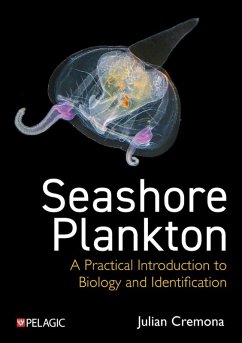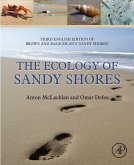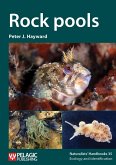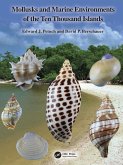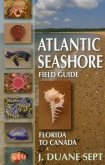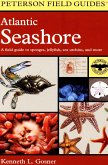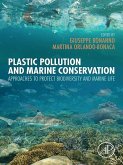For the first time, here is a practical guide to marine plankton as seen and collected from the seashore. Perfect for naturalists and ecologists, amateur or professional alike, this book accesses a captivating hidden world. Illustrated throughout with stunning photographs, the multitudes of microscopic life-forms typically found in seawater that laps the shore are displayed, discussed and interpreted.
The first section explains what exactly plankton is and sets out the practicalities of shore collection. We are guided through where and how to do this, observing samples and the basics of using microscopes not only to view but also to photograph the creatures. The second section, comprising the bulk of the book, then takes us into the living organisms we are likely to find: from diatoms, dinoflagellates and even fungi, through single-celled organisms to the huge array of invertebrates and chordates. The concluding third section offers a holistic view, considering ecology and the importance of understanding planktonic life while underlining the problems caused by human activity.
Readers will learn:
- The biology of plankton, including lifecycle, seashore and estuarine habitats, as well as classification.
- Shore-based collection skills and processes: observing marine plankton, including via digital microscopes and optical microscopes, how to sort and view samples.
- Microscopic photography techniques.
- How to organise and sort samples, including systematics, classification and terminology.
- Identification of planktonic organisms by group.
- Details of the wider marine planktonic environment, including vertical migration, food webs and nutrient cycles.
- The interactions of plankton and humans, including microplastics, eutrophication and climate change.
Overall this exciting book is an essential tool for any seashore enthusiast.
The first section explains what exactly plankton is and sets out the practicalities of shore collection. We are guided through where and how to do this, observing samples and the basics of using microscopes not only to view but also to photograph the creatures. The second section, comprising the bulk of the book, then takes us into the living organisms we are likely to find: from diatoms, dinoflagellates and even fungi, through single-celled organisms to the huge array of invertebrates and chordates. The concluding third section offers a holistic view, considering ecology and the importance of understanding planktonic life while underlining the problems caused by human activity.
Readers will learn:
- The biology of plankton, including lifecycle, seashore and estuarine habitats, as well as classification.
- Shore-based collection skills and processes: observing marine plankton, including via digital microscopes and optical microscopes, how to sort and view samples.
- Microscopic photography techniques.
- How to organise and sort samples, including systematics, classification and terminology.
- Identification of planktonic organisms by group.
- Details of the wider marine planktonic environment, including vertical migration, food webs and nutrient cycles.
- The interactions of plankton and humans, including microplastics, eutrophication and climate change.
Overall this exciting book is an essential tool for any seashore enthusiast.
Dieser Download kann aus rechtlichen Gründen nur mit Rechnungsadresse in A, D ausgeliefert werden.

